Hi there, guys, have you ever wondered about the various types of Curtain Headers and how to achieve that look. Well, don’t despair, we are discussing some curtain headers out there on the market today.
First off, this post is the continuation of our post on Measuring up for your new curtains In that post we discussed measuring up your windows and we briefly touched on the fabric options and the various headers. Today, we’ll delve a little deeper into world of curtain headers and the feel they create.
First off we’ll have a look at;
Rod Pocket
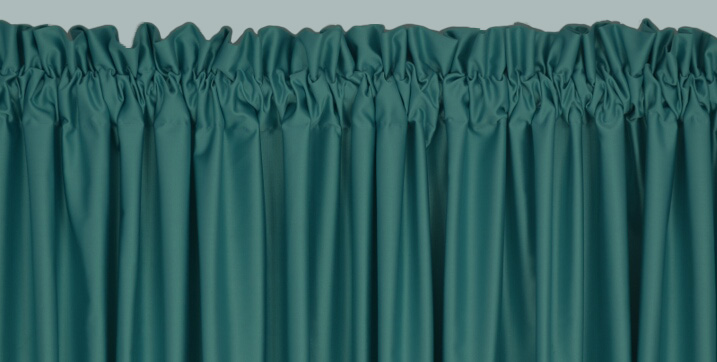
A rod pocket curtain header is a very easy header to achieve. A pocket is sewn in the top of the curtain where the rod is inserted. The size of the pocket is determined by the size of the rod.
Pro Tip 1. Allow a 1cm additional gap for the drawing of the curtains.
The length of the pocket is included in the finished length. An extra 3cm is allowed above the pocket to complete the look. It is suggested that twice the amount of fabric is ordered for the width of the window to create the desired fullness but with heavier fabrics this could be a little bulky especially when the curtain is opened. Therefore, you need to decide whether they will remain closed or open, and in that case a suggested 1.5 times the width of the window is recommended.
Pencil Pleat
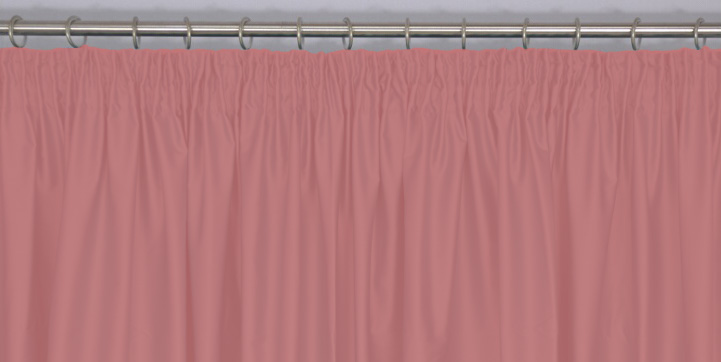
This is a very common finish and easily achieved. It is casual and relaxed, yet neat and pleasing on the eye. A curtain tape is sewn in at the top of the curtain and gathered. A broad tape is used that creates a pleat of about 6 – 8cm. The fullness can be adjusted and this type of finish is suggested for light to medium weight fabric. 2.5 times the amount of fabric is required to complete the look.
Versatile Pleat
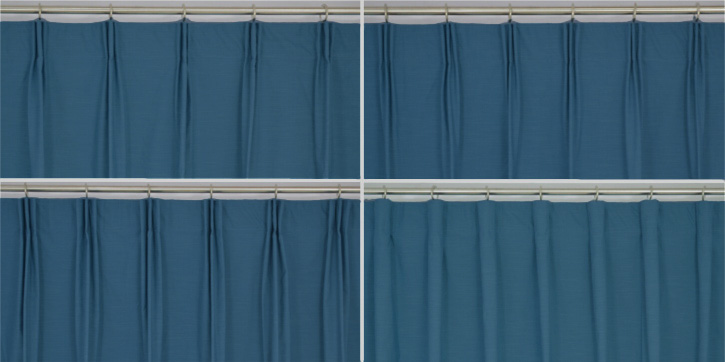
Tape is sewn into the header and styles are created with various hooks.
Tab Top
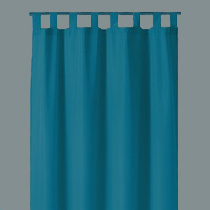
A fabric tab or loop is sewn onto the top of the curtain. This creates a fuss free and relaxed feel. The size of theses tabs can differ, but we suggest 5cm in width and 12cm in length. These tabs are included in the finished length of the curtain and twice the amount of fabric is required. These curtains can be lined and unlined. A rod is insert through the loops.
Back Tab
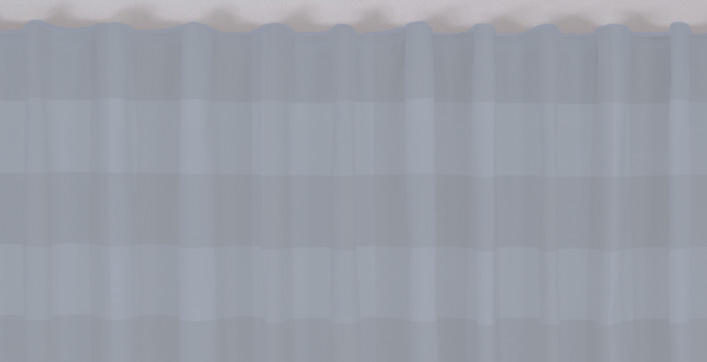
This is exact the same as the Tab Top but that the tabs are hidden. A loop or tab is still attached to the curtain but instead of being sewn on top, behind the curtain. The loops measure the same and is excluded from the length of the curtain.
Box pleats
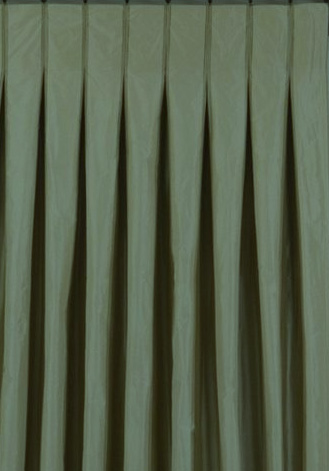
A box pleat is created and sewn down. This pleat has a fixed measurement and are all the same size. Care should be taken when you measure your window. Suggested size of the pleat is 7.5cm and 2.5 time the fabric is required. This finish is relaxed, neat and a little formal.
Triple Box Pleats
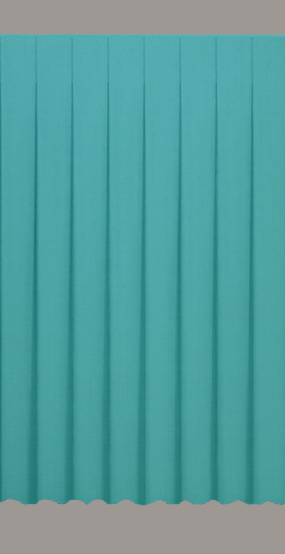
As above, with the exception of the required fabric, which in this case is 3 times the width of the window.
Single Pinch Pleat
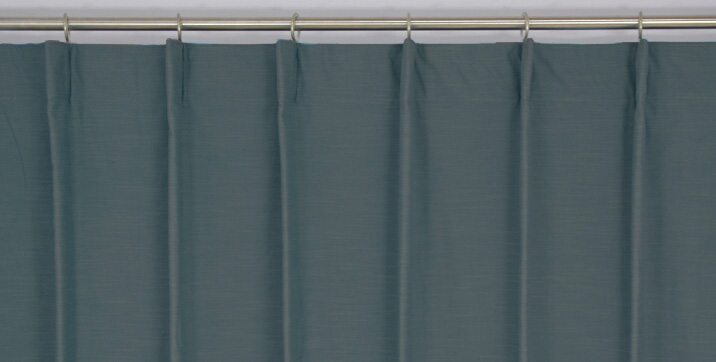
This header is smart casual and a single pleat is pinched, sewn in by hand. Pleats vary but it is suggested at 10cm deep, with 1.5 times the width of the window in fabric is required.
Double Pinch Pleat
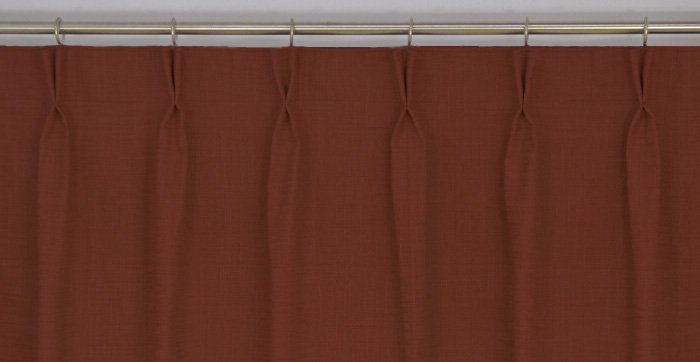
As above, the pleat is pinched twice and 2 times the fabric is required.
Triple Pinch Pleat
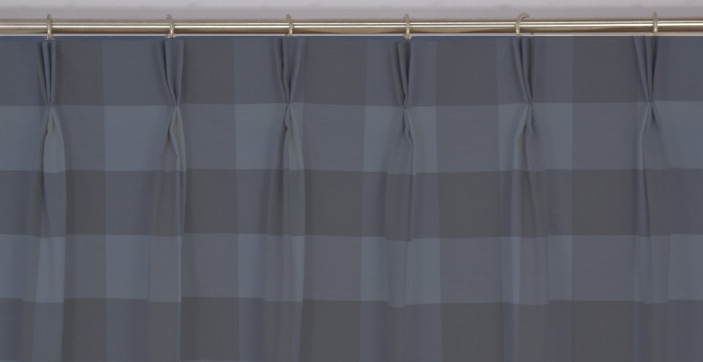
As above, the pleat is pinched thrice and 2.5 times the fabric is required.
Grommet / Eyelets
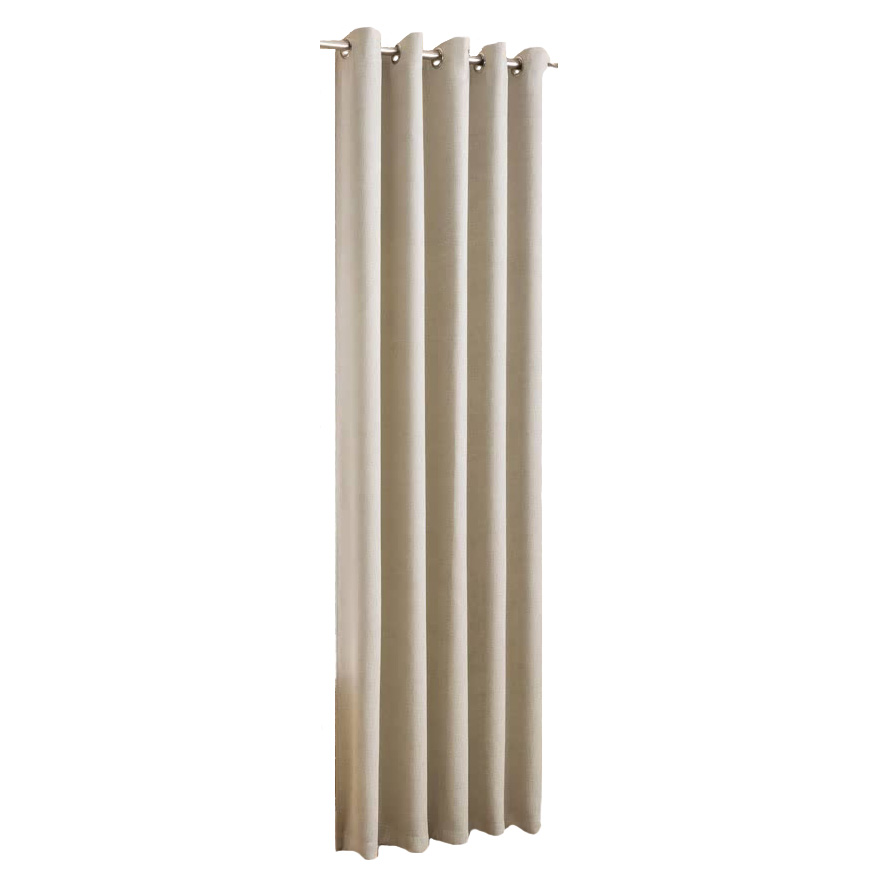
This creates a very casual feel to the any room. Grommets are available in various colours and in plastic and metal. Remember to measure from the top of the rod to the floor. Add 3cm to the length.
Goblet Pleat
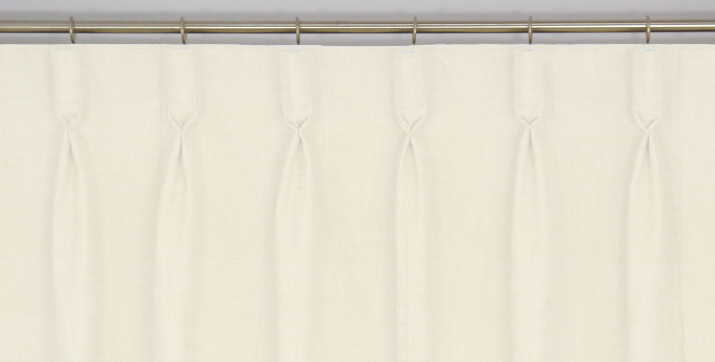
This is a luxurious and formal header. A pinch at the bottom of the design crates the goblet shape. This design requires twice the amount of fabric.
Tie Top
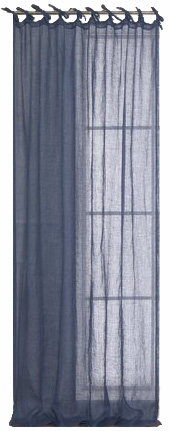
Little ties are sewn to the top of the curtain and used to tie curtain to the rod.
Well, guys I hope these examples of various types of curtain headers and the amount of fabric required, will assist you when you next change your curtains. Be sure to leave us a comment, we love hearing from you.

